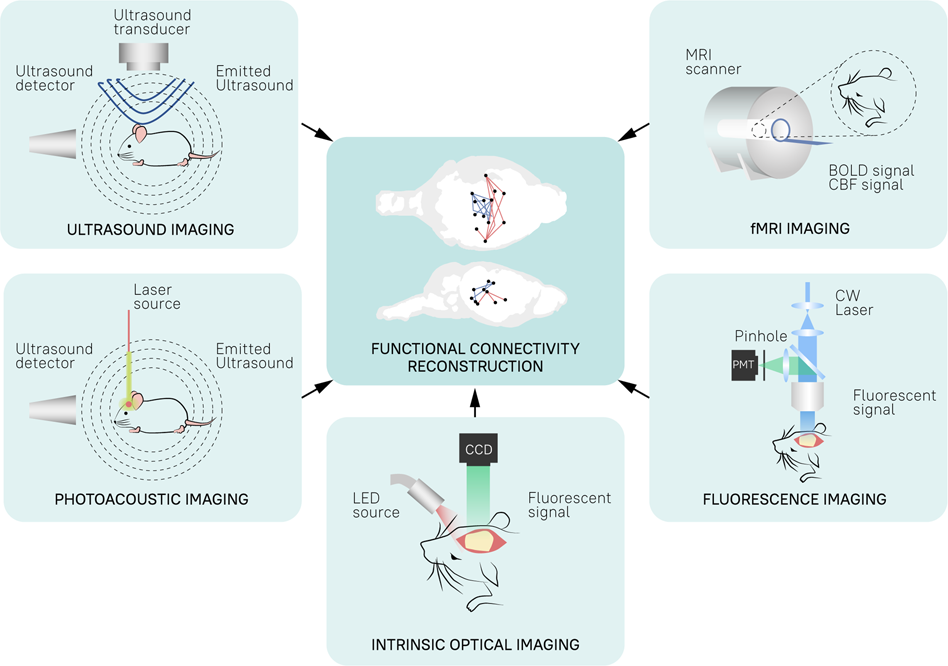
#INTERVENTIONAL RADIOLOGY MEETING HUMAN BRAIN MAPPING TRIAL#
Though more studies on safety and efficacy are needed, the researchers foresee being able to use this approach to treat human brain tumors within the next few years.Īlexander Pasciak, M.D., Ph.D., resident in training and radiation physicist at Johns Hopkins, will present preliminary results from this trial at the Radiological Society of North America Annual Meeting. Of five treated, four showed initial improvement, with one now presenting no radiological or behavioral signs of glioma six months post-treatment. So far, Weiss and his team have tested the treatment on five pets alongside the veterinarians at The Johns Hopkins Hospital. The Y90 treatment approach is based on an already successful human liver cancer treatment, which includes injecting a precise amount of radiation into or close to the tumor using small radioactive glass beads. By delivering radiation directly to the tumor through the blood vessels that flow into it, we hope to reduce radiation exposure to the healthy parts of the brain,” says Clifford Weiss, M.D., associate professor of radiology and radiological science at the Johns Hopkins University School of Medicine and medical director of the Johns Hopkins Center for Bioengineering, Innovation and Design. “One obstacle to treating brain cancers like glioblastoma with conventional therapy are the toxic effects radiation has on the normal brain tissue surrounding the tumor. Approximately 14,000 people are diagnosed with glioblastoma each year in the U.S., and the cancer is also prevalent in canines - especially small, short-nosed breeds. Glioblastoma is a historically intractable brain cancer with a generally poor prognosis. The treatment the team is working on is called yttrium-90 (Y90) radioembolization - a minimally invasive treatment for a brain cancer found in dogs that is similar to human glioblastoma. This unique approach breaks that mold, giving veterinarians and medical doctors the unique opportunity to work hand in hand to simultaneously develop new and improved treatments for human patients and their furry friends.

Typically, to create a new drug, researchers first develop the chemistry in a lab, test it in animals and then see if it is effective in humans through clinical trials. The center creates an academic environment where multidisciplinary collaboration among health professionals benefits veterinary patients, allowing veterinarians to perform individualized care for each pet.What do you do when your best friend is diagnosed with a cancer that kills most of its patients within a few months? A few brave dog owners turned to Johns Hopkins, where veterinarians, radiologists and physicists have teamed up to conduct an experimental trial of a therapy they hope will extend the lives of their beloved pets. These doctors and specialists have developed and clinically practiced procedures in human patients that the center can translate for use in veterinary patients. The following accomplished experts assist the Center for Image-Guided Animal Therapy veterinarians in an advisory role. Kraitchman's expertise in advanced imaging allows each CIGAT patient to receive individualized imaging care as well as the most progressive advanced imaging available to pets in the region.


Kraitchman serves as the Cardiovascular Interventional Section Head for the department.

In addition to being a Co-Director of the Center for Image-Guided Animal Therapy, Dr. Kraitchman performed the first MRI-guided intracardiac delivery of stem cells to the heart and developed the first technique to provide X-ray visible stem cells for x-ray fluoroscopic delivery and CT imaging of stem cell persistence for cardiac and peripheral arterial disease applications. Dara Kraitchman is a veterinarian and Professor in the Johns Hopkins Medicine Department of Radiology and Radiological Science. Professor of Radiology, Molecular and Comparative PathobiologyĬardiovascular Interventional Section Head in Department of MR Researchĭr.


 0 kommentar(er)
0 kommentar(er)
